I’m not really into detoxes, and I don’t believe in restriction diets. I believe in eating fabulous, real food that you love, and extracting enjoyment out of the experience. One of the grouchiest weeks of my life was when I had to cut both wine and cheese out of my diet. I apologize to anyone I encountered during that spell -- yikes. We all learned an important lesson with that one: Don’t get between this redhead and her Humboldt Fog.
That said, I get that it’s not always possible to eat real food all the time, and luckily, detoxes are becoming popular enough that the rules these days are less Draconian and more livable. You really have to be careful, though. What a detox does, especially one heavy on greens and super-amazing algaes like chlorella and spirulina, is pull the “gunk” out of your tissues (often from your fat cells, which is why they’re promoted as weight-loss miracles) and into your lymph and bloodstream in order to move it out of the body. But there’s a reason the gunk is being stored in your tissues -- that stuff's toxic. And if it gets dumped into your bloodstream all at once, you will feel it.
So I’ve learned from experience that if you’re going to do a detox, take it easy. Go with one that’s based on eating cleanly for a week, rather one that promises quick weight loss, or in fact, quick anything. Quick Detox, in my experience = Feeling Like Hell & Rebounding With a Triple Chocolate Torte.
One detox resource I actually like quite a lot is the annoyingly titled “Beauty Detox Foods” developed by a nutritionist in Los Angeles named Kimberly Snyder. She explains in detail what each food does in the body, how it affects certain tissues, and what to eat it with in order to get the most out of it.
From her section on Cabbage:
It is not commonly known that cabbages actually contain about 11 percent more vitamin C than oranges by weight, and vitamin C is the super anti-aging nutrient that helps heal damaged tissues and minimize deep lines. … Cabbage is rich in sulfur, which is good for wound healing, and the combination of sulfur and vitamin C gives cabbage potent detoxifying qualities. It purifies the blood of toxins, such as free radicals and higher-than-normal levels of uric acid, which may contribute to the visible signs of aging, including deep lines. Sulforaphane, found in cabbage, augments the production of antioxidant and detoxification enzymes in the body.”
It’s kinda fascinating reading, if you’re a science geek, which I’m only just now realizing that I might be. What I like is that she gives you the information to do it your own way, while offering lots of recipes to get you started, so you don’t get home from the grocery store with a fridge full of food you’ve never seen before and not know what to do with it (been there, done that). And she eases you into the detoxing thing -- if you’re serious and want to make it part of your life, she gives you a tiered approach that allows you to start from wherever you are right now and grow into a super-eater.
So, if you’ve been thinking about a detox, please remember rule #1: No Quick Anything.
